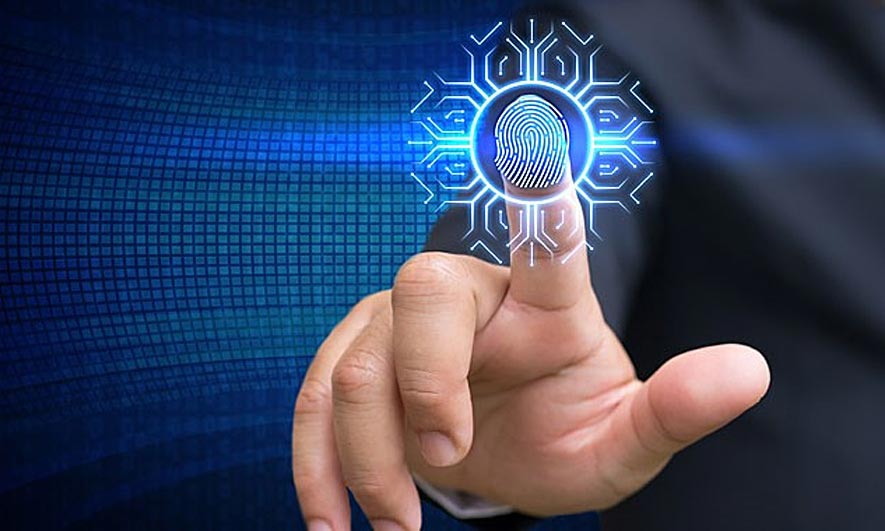In today's digital age, security is of utmost importance, and biometric authentication has become a popular tool for verifying identities. With the rise of artificial intelligence, the use of artificial biometrics has become more prevalent, with applications ranging from banking and finance to government identification. In this blog post, we will explore the evolution of artificial biometrics, advancements in the field, and its current and future applications.
What is Artificial Biometrics?
Artificial biometrics is the use of biometric data that is artificially generated through machine learning algorithms. Biometric data includes unique physical characteristics such as fingerprints, facial features, voice patterns, and iris scans. By using artificial intelligence, these biometric features can be generated and analyzed for use in identity verification.
Advancements in Artificial Biometrics
Recent advancements in artificial biometrics have made it a powerful tool in the realm of security. One such advancement is the use of deep learning algorithms, which have made it possible to generate highly accurate artificial biometric data. This has led to the development of biometric authentication systems that are able to identify individuals with a high degree of accuracy.
Another significant advancement in the field of artificial biometrics is the ability to generate 3D models of a person's face, which can be used to create highly accurate facial recognition systems. These systems are used in various industries, including law enforcement and border control, for identity verification and tracking.
Applications of Artificial Biometrics
The applications of artificial biometrics are vast and varied. One such application is in the banking and finance industry, where it is used for identity verification during online transactions. By using artificial biometric data, banks can ensure that only authorized individuals are able to access their accounts.
Another application of artificial biometrics is in the realm of government identification. Governments around the world are exploring the use of artificial biometrics for passport verification and other identification systems. This technology could help prevent identity theft and fraud, as well as improve the efficiency of the identification process.
Conclusion
Artificial biometrics is a rapidly evolving technology that has the potential to transform the field of security and identity verification. Advancements in artificial intelligence and deep learning algorithms have made it possible to generate highly accurate biometric data, which is being used in a variety of applications ranging from banking and finance to government identification. As the technology continues to develop, we can expect to see even more innovative uses of artificial biometrics in the future.

